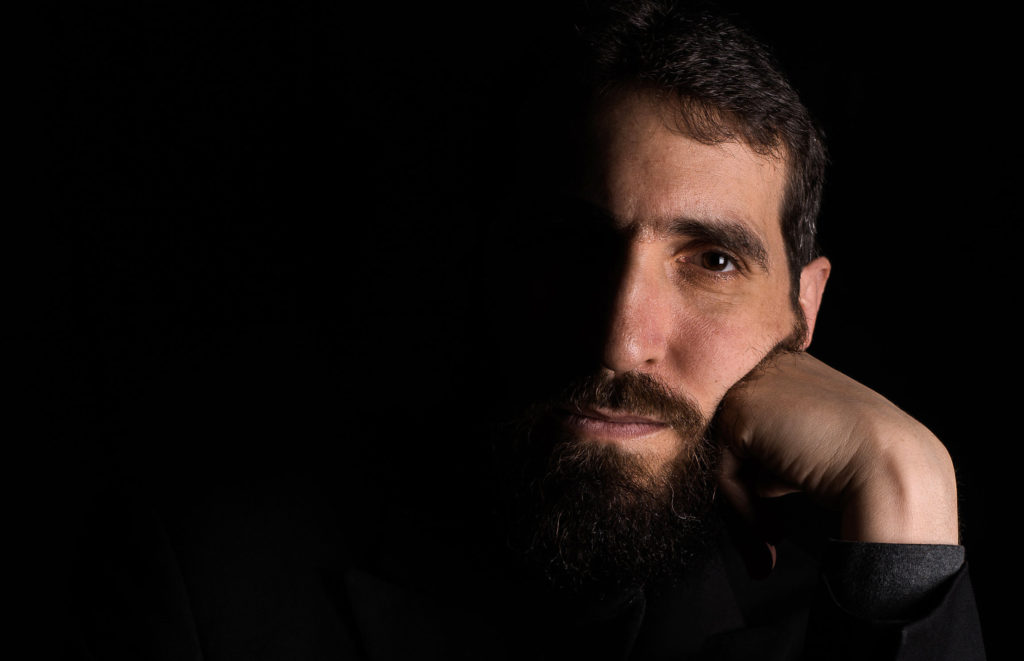
A city-wide initiative featuring performances, lectures and community discussions about the Holocaust will culminate this weekend as Giancarlo Guerrero conducts the Nashville Symphony and the Violins of Hope, instruments played by Jewish musicians in concentration camps during WWII. The program is anchored by the world premiere of Jonathan Leshnoff’s Symphony No. 4, a piece the Nashville Symphony commissioned specifically for the instruments.
We spoke with Leshnoff about how the Violins of Hope inspired his work, and how he explores Jewish spirituality through music.
“Spirituality and music, for me, are two sides of the same coin,” Leshnoff explains. “I like to say that music is the lower part of the high world and the higher part of this lower world.” For Leshnoff, both art and religion provide a framework for the same personal journey of self-discovery. “When I work with these spiritual concepts, it’s actually easier for me to express my feelings and thoughts through music than any other form,” he says. “I guess that’s why I’m a composer.”
Exploring spirituality through composition has been an ongoing project for the composer. He has committed to dedicating movements of ten of his large symphonic works to each of the basic spiritual teachings of Judaism. With his Symphony No. 4, subtitled “Heichalos” in reference to an ancient mystical Jewish text, he is nearing the end of what he describes as his “ten-piece meta project.”
He relates how Part I of his symphony explores the spiritual idea of “taking unity and breaking it up”; a fractured intellectualization that ultimately leads to deeper understanding. As such, he describes Part I as kinetic and restless: “there’s a lot of motion and unsettledness, and in fact, it doesn’t even end on a chord proper, it just kind of stops in the middle of the development.”

Part II, however, has a completely different feel. Leschnoff describes it as a “slow developing love song” that he composed while thinking of the Violins of Hope. “The love song starts with the strings and stays with the strings for a long while, with long extended lines and fermatas that are held and finally released,” he explains.
The movement develops with the entire orchestra and organ joining for a climax of huge cascading chords that abruptly cut off, leaving space for the strings once again. “I knew [the Violins of Hope] would be used, so I wanted to spotlight them and that’s what happens at the beginning of this movement and the end, it’s written just for the strings and no one else.”
For Leschnoff, this symphony is a meeting of physical and spiritual realms, as tangible instruments perform the spirituality that he so often works into his music. And with the unification of the two, Leshnoff sees the deepest essence of the Jewish people.
“To me, the essence of Jewish people is not bagels and lox,” he says with a small laugh. “It’s not even—and it’s kind of crazy to say this— it’s not even the historical tragedies that we’ve lived through. But to me, the essence of the Jewish people is the teachings, and the spirituality that survives and continues to live on. What the Violins of Hope represent to me is the physical embodiment of this tenacity, because these are instruments that survived the genocide, right? And I wanted to unite them with the spiritual ideas that are thousands of years old; these texts that are the spiritual embodiment of that tenacity.”
